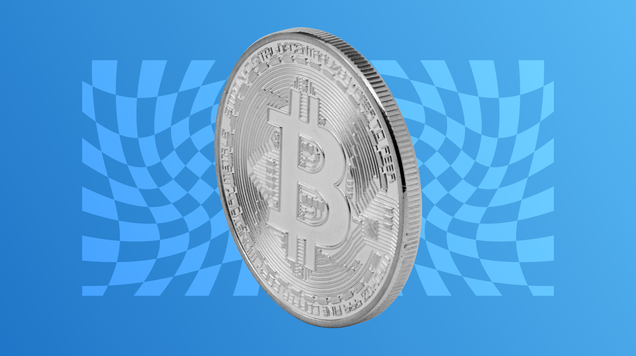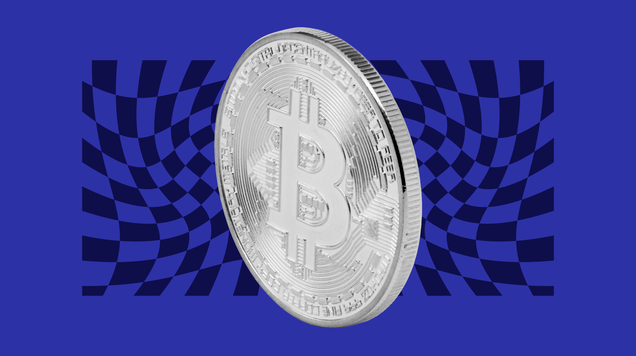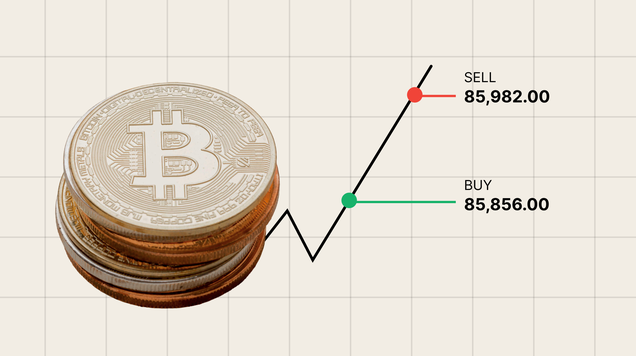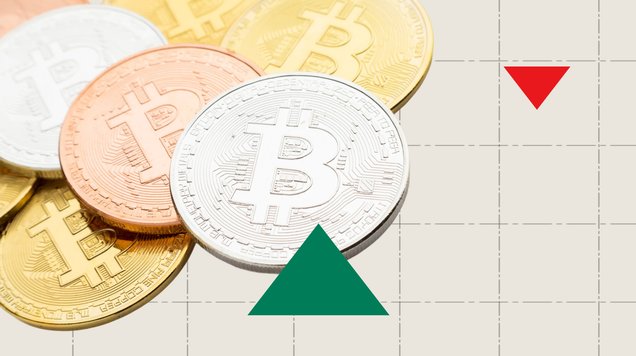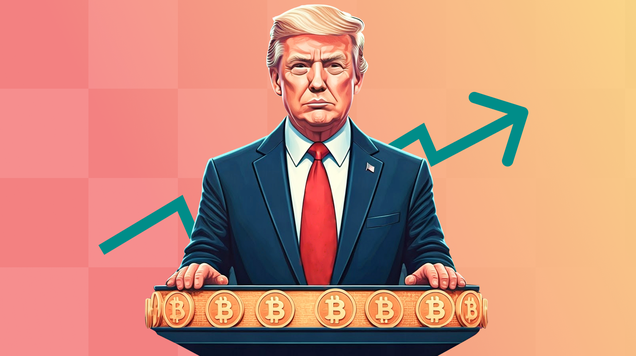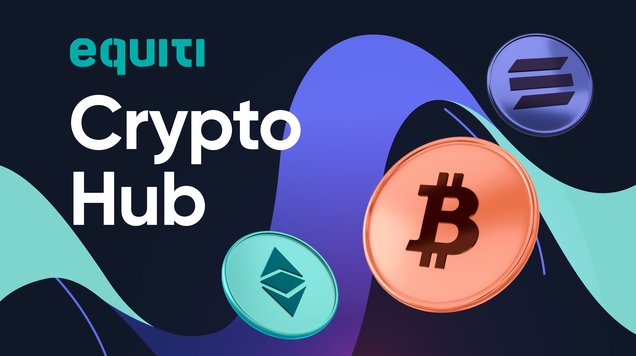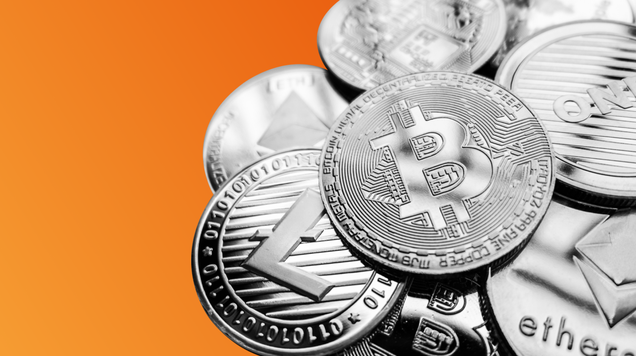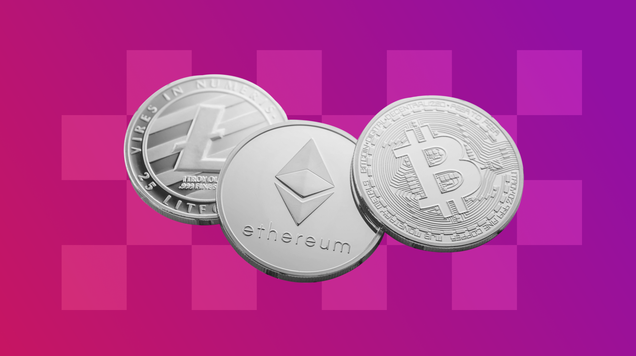What is XRP and why is it set for massive growth?
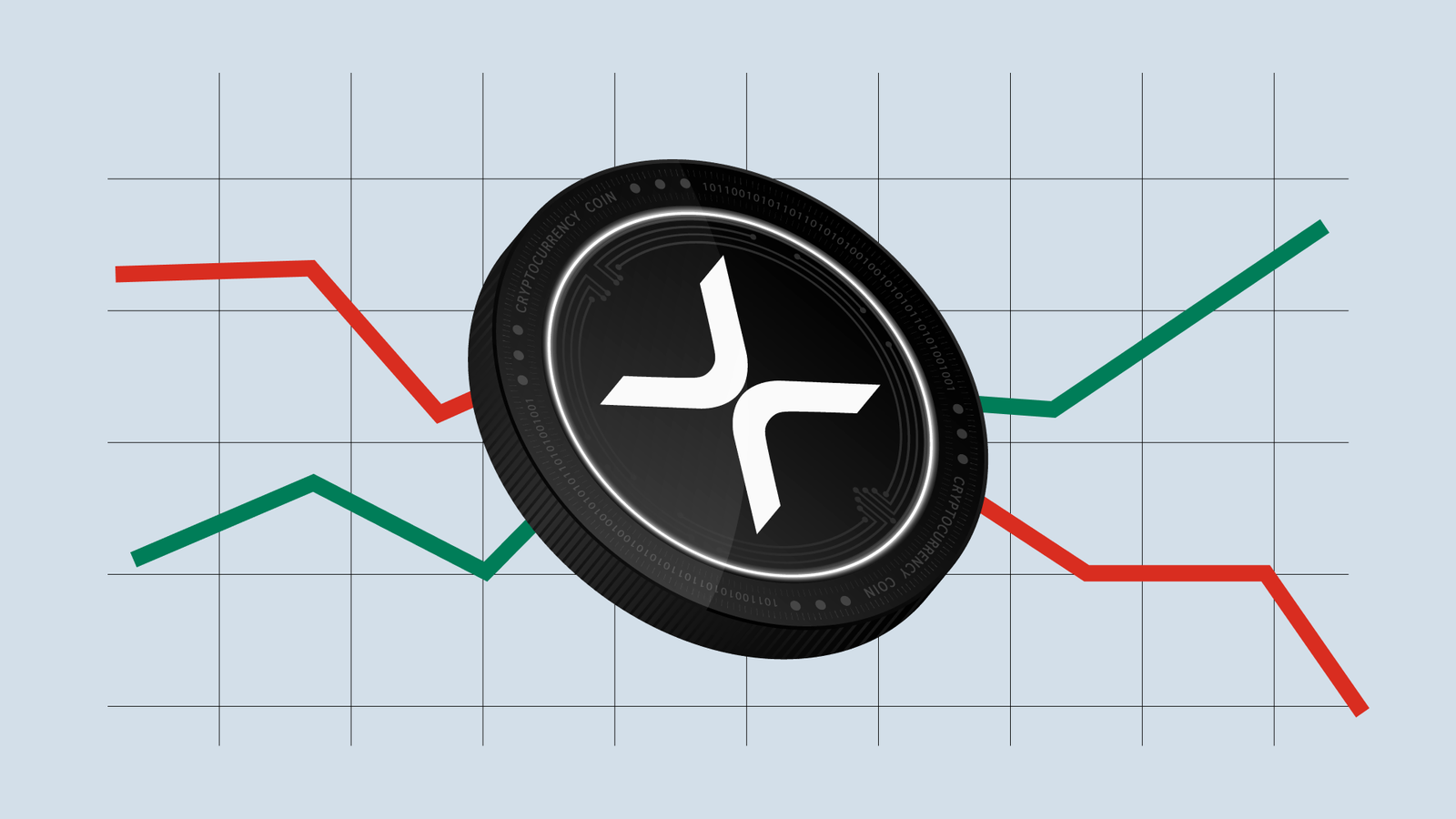
One of the more prominent cryptocurrencies today is XRP. It’s the native token of an open-source blockchain called XRP Ledger. With a market cap of $128.9 billion at $2.21 per token (as of writing), XRP is the fourth largest cryptocurrency in the world.
But what is XRP, and why are analysts becoming increasingly bullish about its growth?
What you need to know about XRP
What is XRP crypto? It’s a digital asset designed to revolutionise the financial payments space and enable the exchange of multiple currencies. XRP can be sent directly without an intermediary, facilitating real-time global payments. The cryptocurrency’s peer-to-peer nature allows people to send in seconds rather than days.
Several banks have adopted XRP, including:
- Santander (USA)
- Canadian Imperial Bank of Commerce
- Siam Commercial Bank (Thailand)
- SBI Remit (Japan)
- InstaReM (Singapore)
- SEB (Sweden)
- Kotak Mahindra Bank (India)
- LianLian (China)
Looking ahead, current analysis suggests that XRP’s market cap could skyrocket to $2.9 trillion by 2030, indicating explosive growth potential.
Several macroeconomic factors are converging to accelerate this momentum, including rising institutional adoption, improved regulatory clarity and the expansion of use cases on the XRP Ledger. This positioning of XRP on a trajectory reminiscent of Bitcoin’s historic climb past the $1 trillion mark is a positive sign.
Who owns XRP?
Most people associate the San Francisco-based fintech company Ripple with owning XRP, but that’s not the case.
No single entity owns the cryptocurrency. Instead, it’s maintained by a community of engineers.
When David Schwartz, Arthur Britto and Jed McCaleb of Opencoin Company helped develop XRP Ledger in 2011, XRP was created to support its function. Opencoin was rebranded in 2015 as Ripple Labs or simply Ripple.
What is XRP used for?
Unlike other top crypto coins, such as Bitcoin (proof of work), Ethereum (proof of stake) and Solana (proof of stake and proof of history), XRP does not use staking or mining to validate transactions. Its unique consensus mechanism allows it to handle up to 1,500 transactions per second and process them in 3 to 5 seconds.
If you’re wondering, ‘What is XRP backed by?’ — the answer lies in its consensus mechanism, which eliminates the need for backing by a central authority or asset.
Ripple uses XRP to facilitate cheaper and faster transactions between financial institutions and businesses on its commercial platform, Ripple Net.
Because it authenticates transactions faster and cheaper (cross-border transactions can cost less than $0.01) than other cryptocurrencies, XRP also consumes significantly less energy. Its mechanism uses minimal computational power from its nodes.
The speed and economy of the cryptocurrency also make it useful for international remittances.
Cryptocurrency can enable financial institutions to settle international transactions in seconds. Banks can use it as a bridge currency to reduce transaction costs.
Some investors use XRP to tokenize real-world assets, such as fine art and physical commodities. Ripple has even allocated $10 million to tokenize U.S. Treasury bills, using Open Eden’s platform.
Additionally, people can trade XRP through leverage trading of crypto.
What is the investment potential of XRP?
In 2020, XRP made the news after the Securities and Exchange Commission (SEC) filed a lawsuit against Ripple. The regulatory body accused Ripple of raising $3 billion through an unregistered securities offering.
A federal judge ruled in 2023 that XRP was a security when Ripple sold it to retail investors but concluded it was not when sold to institutions. Further optimism for XRP’s future grew when a leadership change took place at the SEC. Mark T. Uyeda temporarily replaced Gary Gensler. The Trump administration is reportedly eyeing crypto-friendly Paul Atkins to be the new SEC chair..
This year, that optimism was sealed when Ripple CEO Brad Garlinghouse posted a video on X, saying ‘It’s over’. The SEC had dropped its yearslong lawsuit, driving up the XRP coin price to about 14%. Speculation suggests that the cryptocurrency could go over $3.
The landmark case also had a favourable effect on other cryptocurrencies, Bitcoin (increasing by 2.2%) and Ethereum (rising by 6.6%). In the wake of this legal development, the SEC has also dropped its investigations and cases against crypto companies, including OpenSea, Coinbase, Consensys. Uniswap, Robinhood and Kraken.
Is XRP a good investment?
That answer will ultimately depend on your investment goals. Although recent events are shaping the explosive growth of cryptocurrency, further research is still necessary. Expert guidance from financial advisors is also a good idea before adding XRP to your portfolio since all cryptocurrencies are still volatile.
What is the future of XRP?
How many XRP are there? Ripple created 100 billion XRP tokens at its launch; the fintech company holds about 48 billion tokens in escrow and releases about 1 billion tokens per month to control supply and keep it stable,
If Ripple maintains the cryptocurrency’s growth, favourable analyses today could hold true in the future. The bullish outlook from various fund managers for XRP sees the cryptocurrency reaching a conservative projection of $12.07 and a bold projection of $29.32 by 2030.
Further strengthening these positive projections is Ripple’s partnership with BlackRock, which could see an XRP spot ETF in the US. BlackRock’s involvement is seen as a catalyst that could contribute to significant price appreciation for XRP.
As with any investment, it pays to exercise caution and continually stay informed before making those crucial investment decisions.
Learn more about crypto trading and popular coins.
